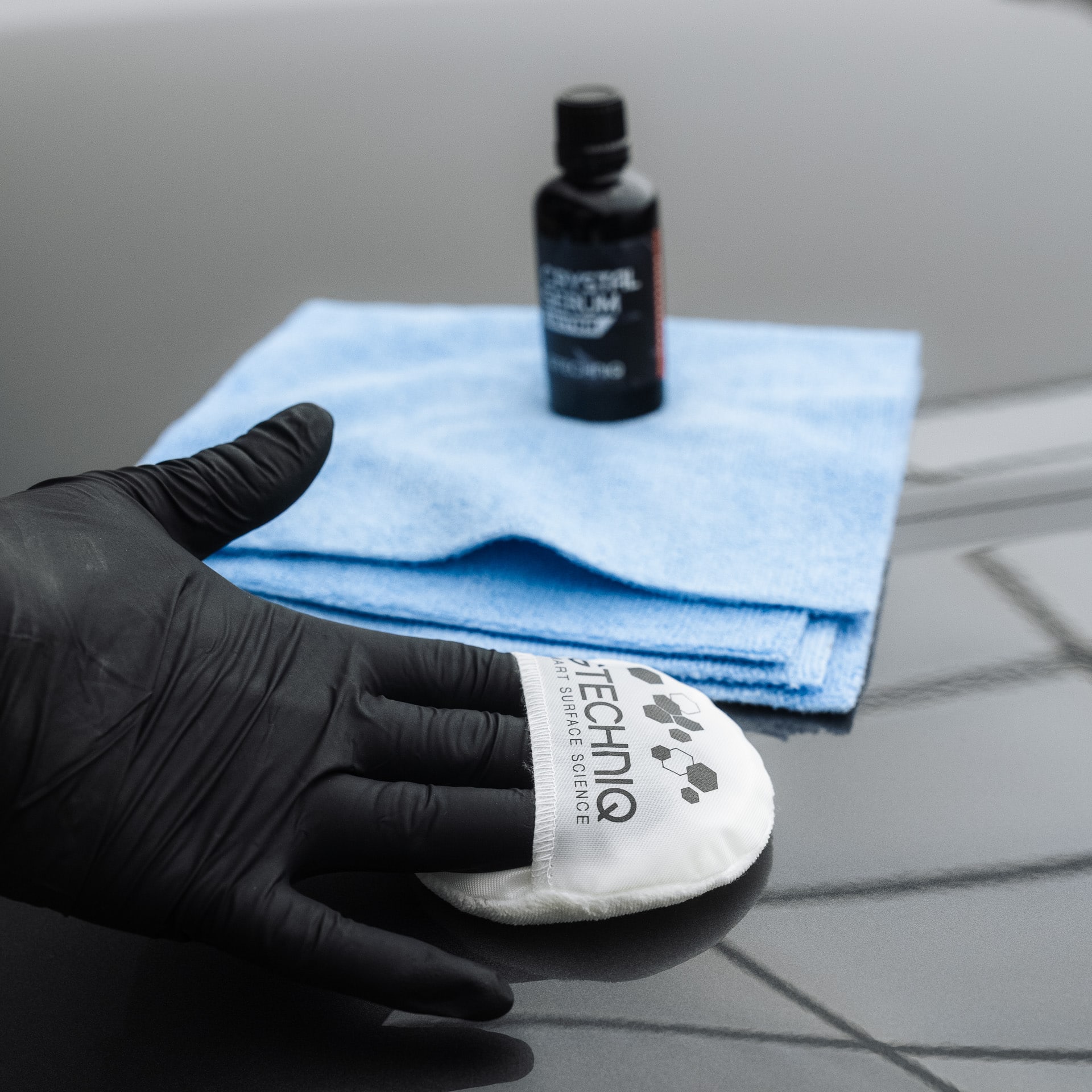
November 18, 2025
The Advantages of Ceramic Coatings Protecting Your Paint
Ceramic Coatings and Their Advantages for Protecting Paint offer an innovative solution to maintaining the pristine condition of your vehicle’s exterior. At its core, this advanced protective layer acts as a formidable shield against environmental contaminants, UV rays, and physical abrasions, ensuring that the paint remains vibrant and unblemished over time. However, achieving optimal results necessitates professional application; expert technicians are trained to prepare surfaces meticulously and apply the coating with precision, ensuring maximum adhesion and durability.
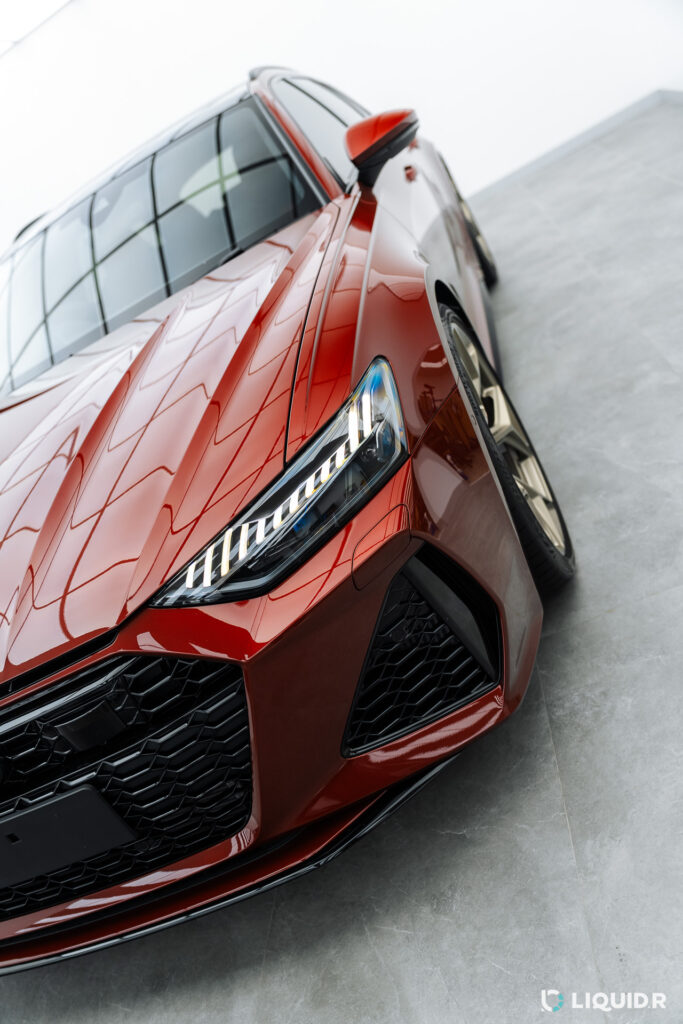
In Melbourne, Liquid R stands out as a premier choice due to its unparalleled formulation that enhances not only gloss but also hydrophobic properties, allowing water to bead off effortlessly while repelling dirt and grime. Furthermore, these coatings boast impressive longevity compared to traditional waxes or sealants; when properly maintained through regular washing with pH-balanced products and occasional top-up applications recommended by professionals, they can last several years without compromising performance. Embrace Ceramic Coatings today for an investment in enduring protection that elevates your vehicle’s aesthetic appeal while minimizing upkeep efforts!
Introduction to Ceramic Car Coatings
Ceramic coatings have become increasingly popular in the automotive industry as a way to protect your car’s exterior. This advanced technology provides a layer of protection that is stronger and more durable than traditional wax or sealants. In this section, we will dive into the basics of ceramic coatings and explore their benefits for car paint protection.
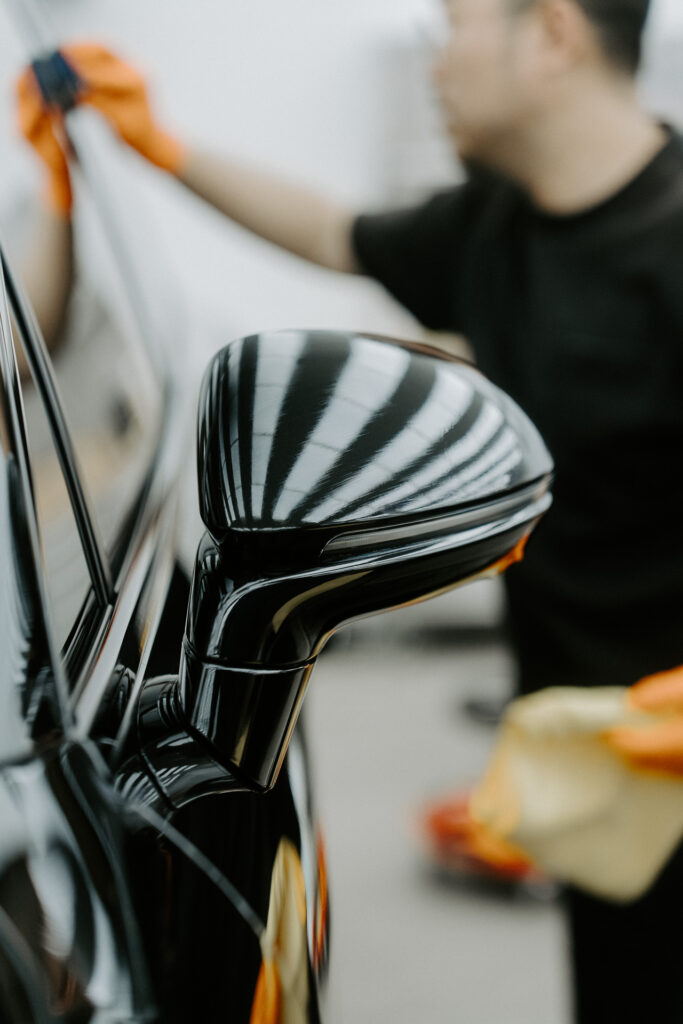
What are Ceramic Coatings?
When applied to your vehicle’s surface, ceramic coatings create a semi-permanent protective layer on top of the paintwork. The liquid polymer layer is composed of silica-based molecules that bond chemically with your vehicle’s surface. In contrast to traditional waxes and sealants, ceramic coatings fuse with the surface, providing a durable and strong barrier.
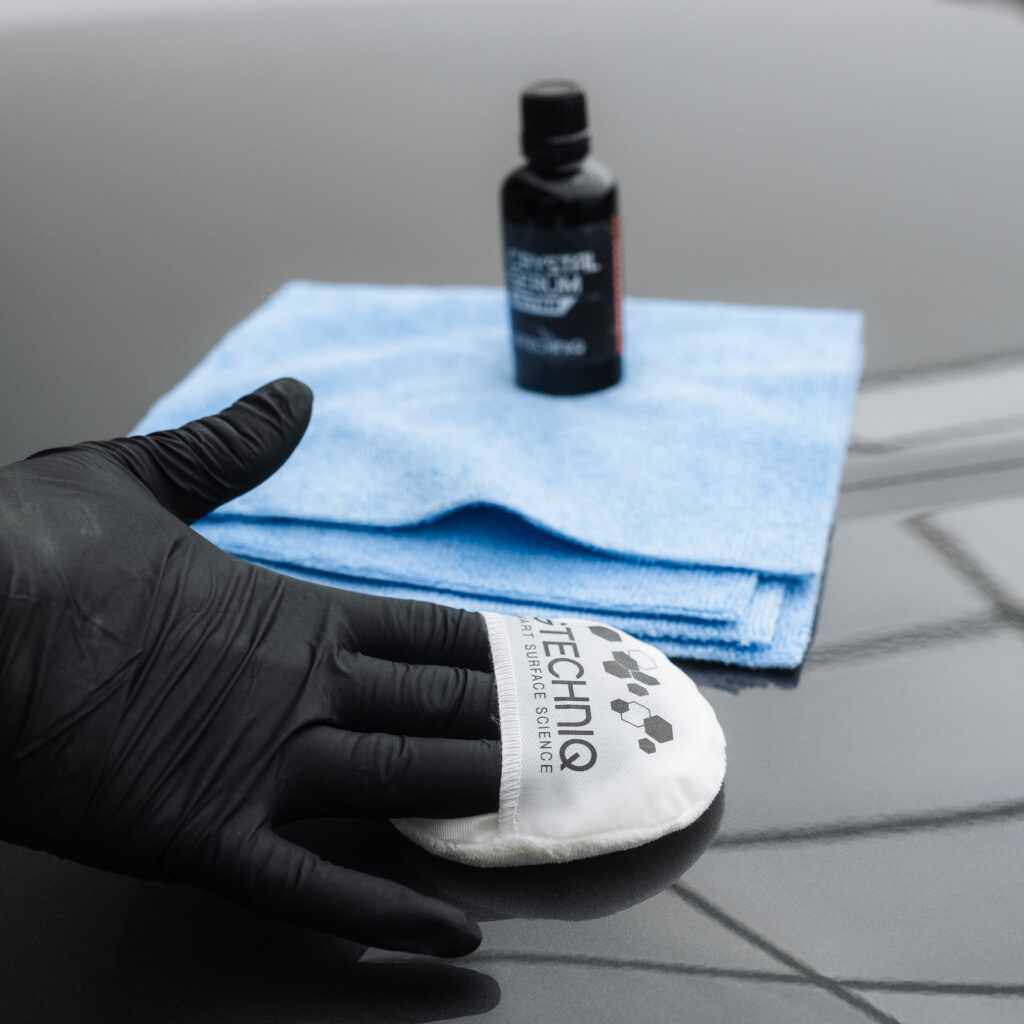
Benefits of Ceramic Coatings
- Long-Lasting Protection: One of the main benefits of ceramic coatings is their long-lasting protection. They can last up to 2 years or more with proper maintenance, making them an ideal choice for those looking for long term protection for their investment.
- Enhanced Gloss and Shine: The chemical makeup of ceramic coatings gives your car’s paintwork a high-gloss finish, enhancing its shine and depth. This adds to the overall aesthetics of your vehicle, giving it a sleek and showroom quality appearance.
- Superior Protection Against Environmental Factors: Ceramic coatings offer superior resistance against environmental factors such as UV rays, acid rain, bird droppings, tree sap, and road salt. These elements can cause damage and discoloration over time but with a ceramic coating, your car’s paintwork is protected.
- Scratch and Chemical Resistance: Ceramic coatings offer excellent scratch resistance, making it harder for scratches and swirl marks to penetrate the surface of your vehicle. They are also resistant to most chemicals, so you don’t have to worry about damage from harsh cleaning products.
- Easy to Maintain: Unlike traditional waxes or sealants that require regular reapplication, ceramic coatings provide a low-maintenance solution. They are hydrophobic, meaning they repel water and dirt, making it easier to keep your car clean and looking its best.
- Cost-Effective: While the initial cost of a ceramic coating may be higher than traditional methods, it is more cost-effective in the long run due to its durability and longevity. You will save money on frequent waxing or sealant applications over time.
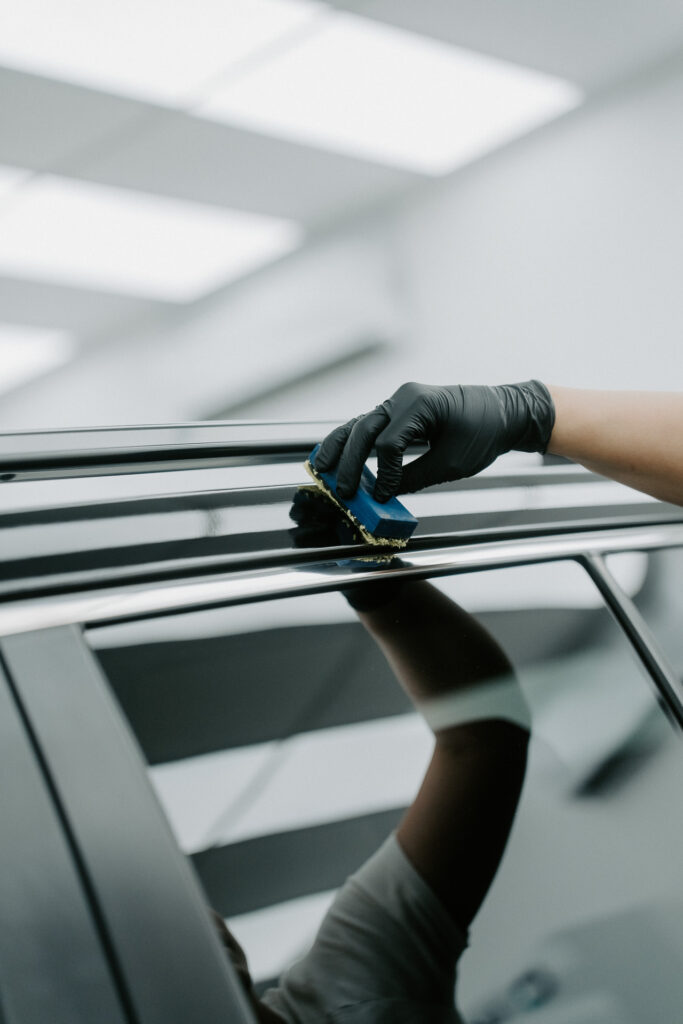
Ceramic car coatings offer numerous benefits for car protection, making them an excellent choice for those looking to protect their investment and maintain their vehicle’s appearance. However, it’s crucial to note that proper application by a professional is key to achieving optimal results. And understanding what type of ceramic coating is being used.
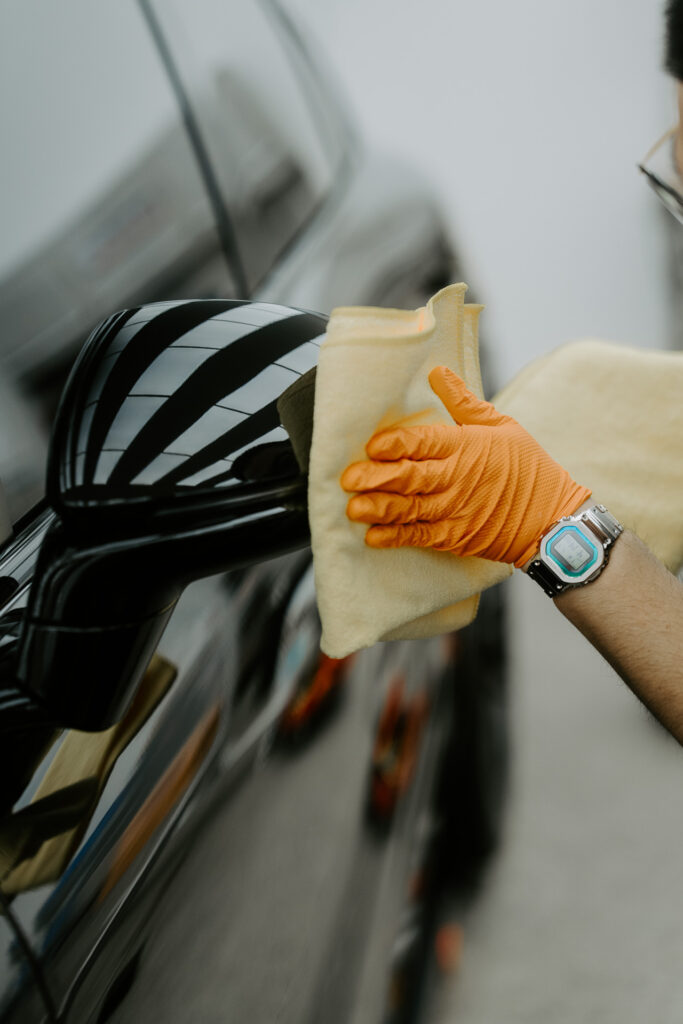
How To Clean Ceramic Coated Vehicles
Are you the proud owner of a sleek, shiny ceramic coated vehicle? Fantastic! Your investment deserves the utmost care and attention. However, cleaning it can be a tricky task that requires a delicate touch. Fear not! We will guide you through the dos and don’ts of maintaining your ceramic coated beauty. From choosing the right products to avoiding common mistakes, we’ve got all the tips and tricks you need to ensure your investment stays protected and gleaming like new. So grab your microfiber cloth and let’s dive into this ultimate Liquid R guide for keeping your ceramic coated vehicle showroom ready!
Best Way To Maintain Your New Ceramic Coating
When it comes to cleaning a ceramic coated vehicle, using the right tools and techniques is crucial in maintaining its integrity and effectiveness. Here are some important do’s to keep in mind when cleaning your ceramic coated car.

Use pH-neutral or mild soap: The first step in cleaning a ceramic coated vehicle is choosing the right soap. It is important to avoid harsh chemicals or acidic cleaners as they can strip off the protective layer of the coating. Instead, opt for a pH-neutral or mild soap that is specifically formulated for automotive use.
Start with a pre-rinse: Before you start washing your car, give it a good rinse with water to remove any loose dirt or debris from the surface. This will prevent any scratches or swirl marks while washing.
Wash with 2 buckets: Fill one bucket with clean water and another with soapy water. Make sure to use grid guards in the buckets. Once a panel is washed, use the rinse bucket to clean the wash mitt or sponge. This helps prevent scratching the surface of your vehicle with any trapped particles.
Use microfiber towels or mitts: When it comes to washing and drying your ceramic coated car, using microfiber towels or mitts is highly recommended. These soft and gentle materials will not cause any damage to the coating and will effectively remove dirt without leaving behind any scratches.
Wash in sections: To ensure thorough cleaning, divide your car into sections and wash one section at a time. This will help you focus on each area properly without missing any spots.
Rinse frequently: As you wash each section, make sure to rinse off the soap frequently with clean water. This will prevent any soap residue from drying up on the surface of the coating.
Dry gently: After rinsing off all the soap, use a clean and dry microfiber towel to gently wipe off the water from the surface. Avoid using any harsh or abrasive towels that can cause scratches.
Apply a ceramic coating booster: To maintain the integrity of your ceramic coating, it is recommended to apply a booster spray after each wash. This will help rejuvenate the protective layer and keep your car looking glossy and shiny.
Use separate tools for wheels and tires: It is important to use separate tools, such as brushes, sponges or towels, for cleaning your wheels and tires. This will prevent any dirt or grime from transferring onto the paint of your car.
Clean up spills immediately: If you accidentally spill something on your car’s surface, make sure to clean it up immediately with a cloth or towel. Leaving any spills for too long can damage the coating and may require reapplication. By following these do’s, you can effectively clean your ceramic coated car without compromising its protective layer. Remember to be gentle and avoid using harsh chemicals or tools that can damage the coating.
Drying Methods to Avoid Scratches In Your Ceramic Coating Car
When it comes to cleaning a ceramic coated vehicle, one of the biggest concerns is avoiding scratches. This can be especially challenging since traditional drying methods such as using towels or chamois can potentially cause scratches on the delicate coating. To help you protect your investment and keep your ceramic coated vehicle looking its best, here are some drying methods to avoid scratches.
- Air Drying: One of the safest and most effective ways to dry a ceramic coated vehicle is by letting it air dry. This method involves simply allowing the water to evaporate off the surface of the car without any physical contact. While it may take longer than other methods, air drying completely eliminates any risk of scratching.
- Microfiber Towels: If you prefer a more hands-on approach for drying your car, then microfiber towels are an excellent choice. These ultra-soft towels are specifically designed to be gentle on surfaces and will not scratch or damage your ceramic coating. Be sure to use clean and dry microfiber towels and gently pat them over the surface rather than dragging them across.
- Blower or Leaf Blower: Another popular method for drying a ceramic coated vehicle is by using a blower or leaf blower on a low setting. This allows you to blow away excess water without touching the surface of the car, reducing the risk of scratches.
Common Cleaning Mistakes That Can Damage Your Ceramic Coating
When it comes to maintaining a ceramic coated vehicle, there are some common mistakes that can easily damage the coating and undo all the protection it provides. In this section, we will discuss some of the “don’ts” of cleaning a ceramic coated vehicle to help you avoid making these costly errors.
- Using harsh chemicals or abrasive cleaners: One of the biggest mistakes people make when cleaning their ceramic coated vehicle is using harsh chemicals or abrasive cleaners. These can strip away the protective layer of the coating and leave your car vulnerable to scratches and damage. Avoid using products such as bleach, ammonia, or acidic cleaners as they can cause irreversible damage to the coating.
- Washing with improper techniques: Another mistake to avoid is washing your ceramic coated car with improper techniques. This includes using dirty sponges or towels, circular rubbing motions, and not rinsing thoroughly enough. These actions can create swirl marks and micro-scratches on the surface of your car’s coating, diminishing its shine and protection.
- Using automatic car washes: While automatic car washes may be convenient, they are not recommended for ceramic coated vehicles. The high-pressure jets and rough brushes used in these types of washes can cause scratches on the delicate surface of your coating. It is best to stick with hand washing or touchless car wash options.
- Not drying properly: After washing your car, it’s essential to dry it thoroughly to prevent water spots from forming on the surface. Leaving water droplets on a coated car and allowing them to evaporate can leave behind mineral deposits that can damage the coating. Use a microfiber towel or a leaf blower to dry your car completely.
- Skipping regular maintenance: Ceramic coatings are designed to provide long-lasting protection, but they still require proper maintenance to keep them in top condition. Skipping regular maintenance, such as decontamination and reapplying a top coat, can leave your coating vulnerable to damage and diminish its effectiveness over time.
Overall, the key to maintaining a ceramic coated vehicle is using gentle cleaning methods and avoiding harsh chemicals and abrasive techniques. Regularly inspecting your coating for any signs of damage and performing necessary maintenance will also help prolong its lifespan and keep your car looking shiny and new.
